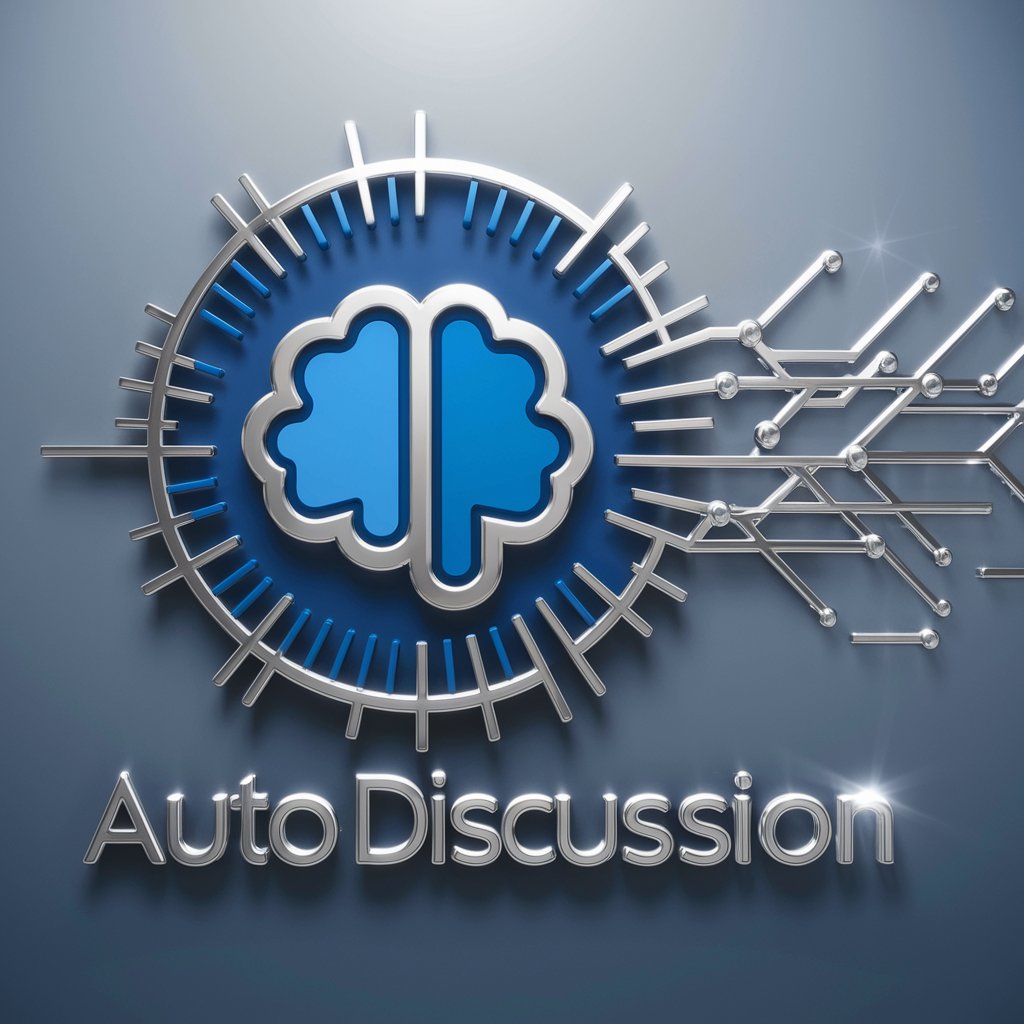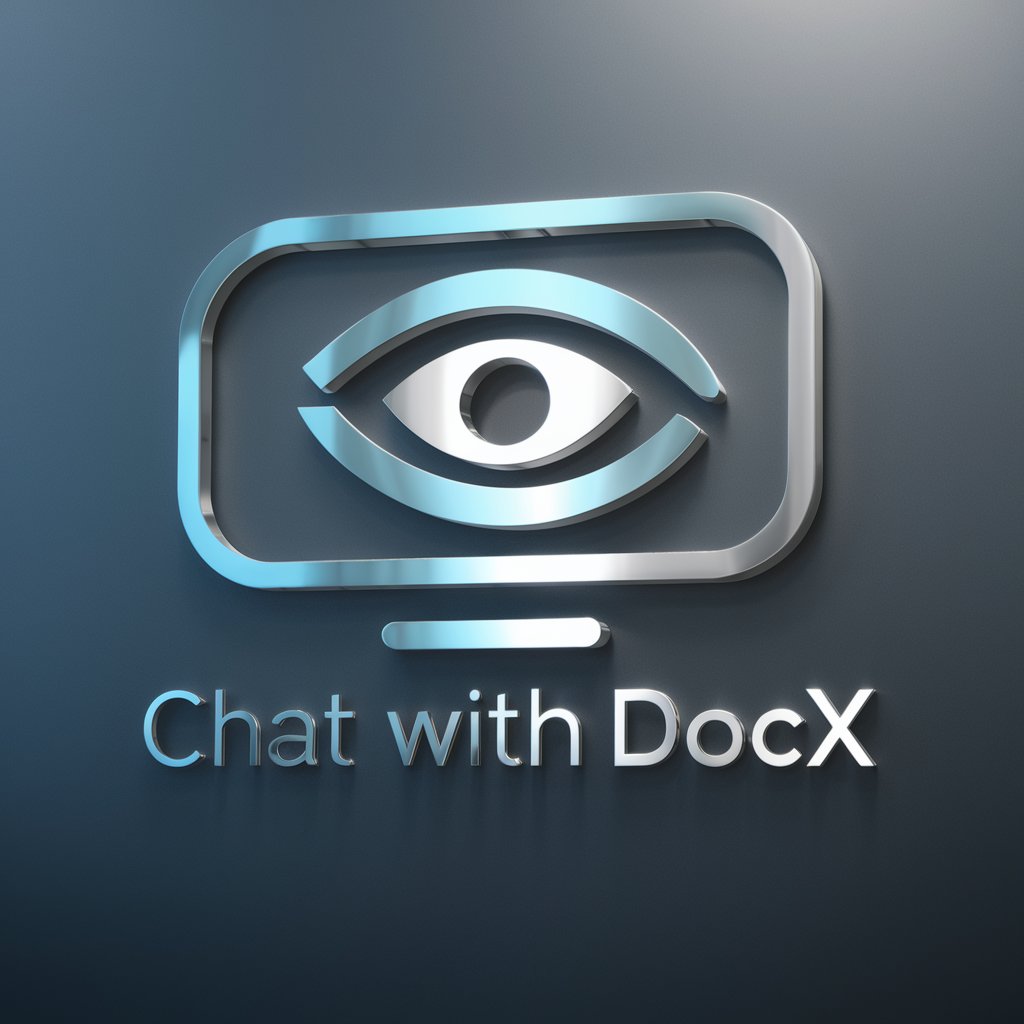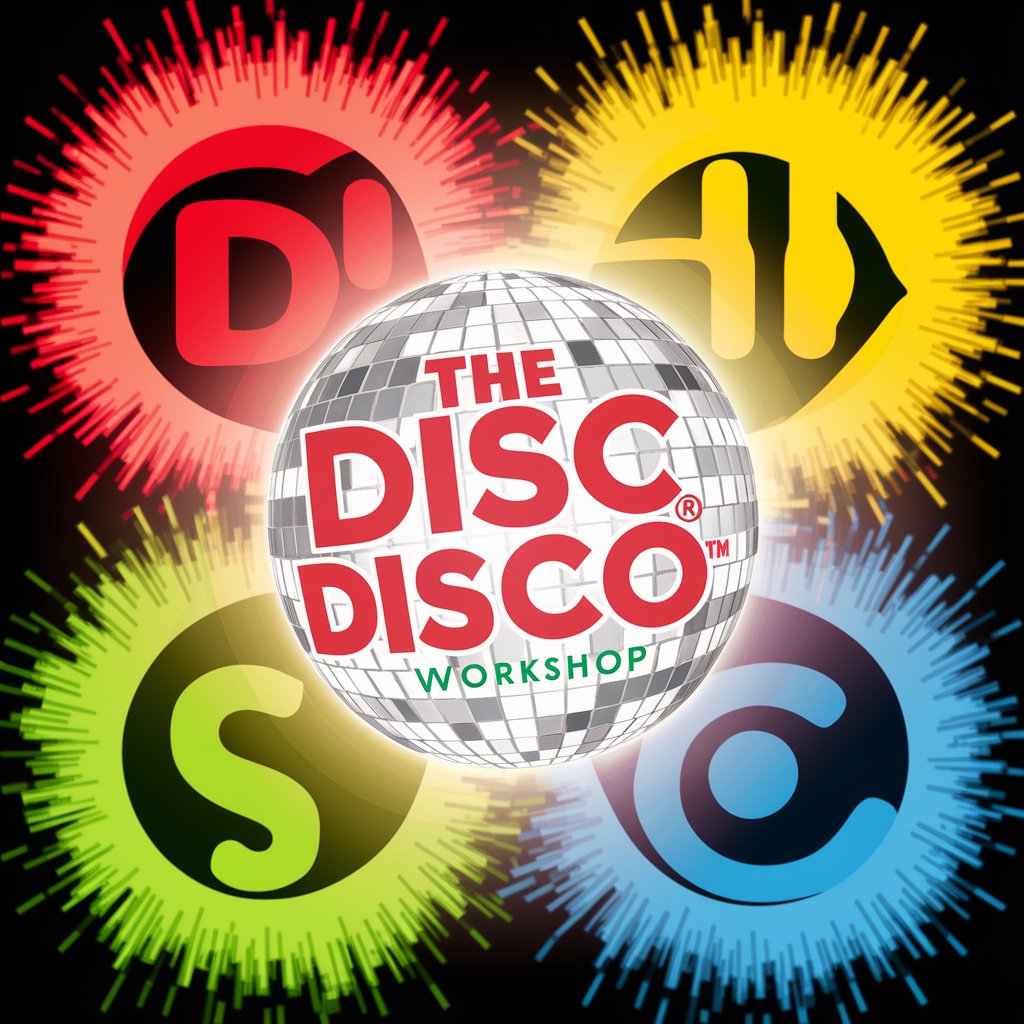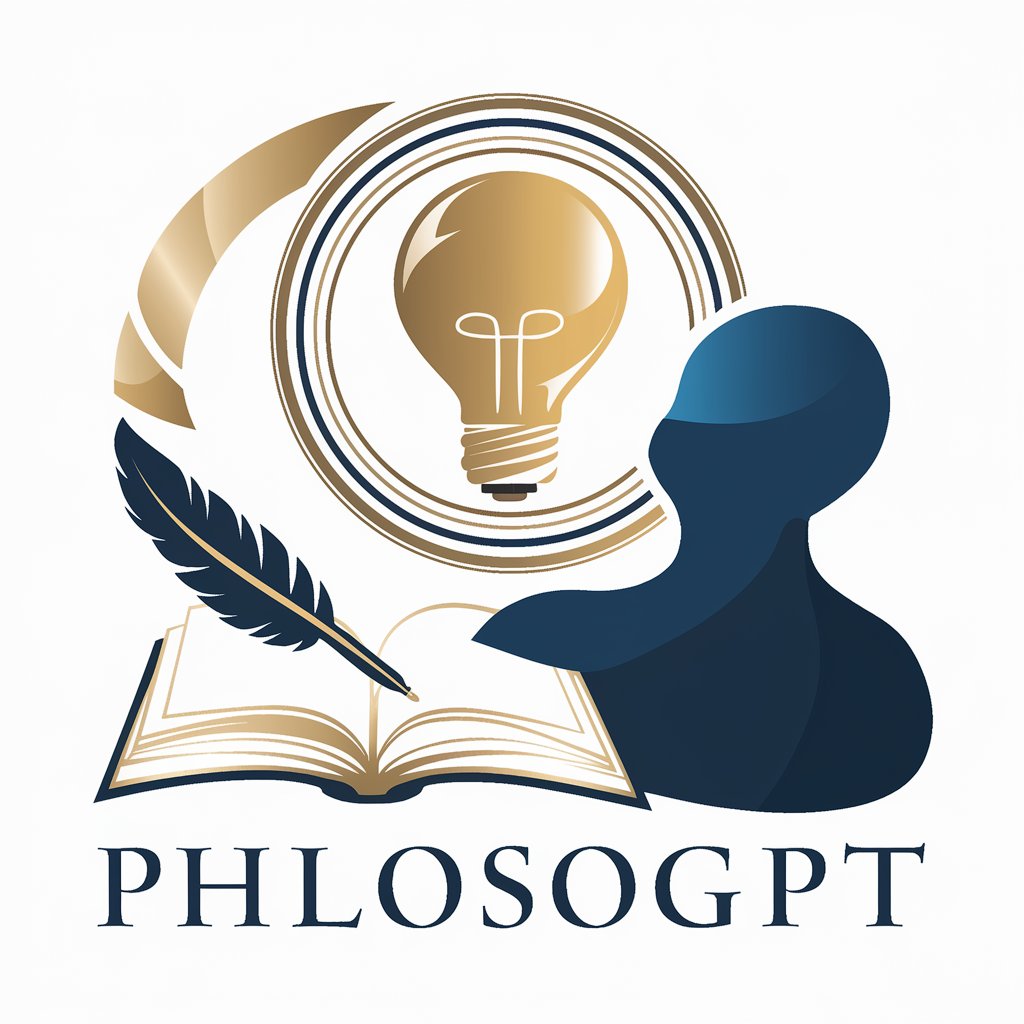
Document Discourse - AI Document Analysis
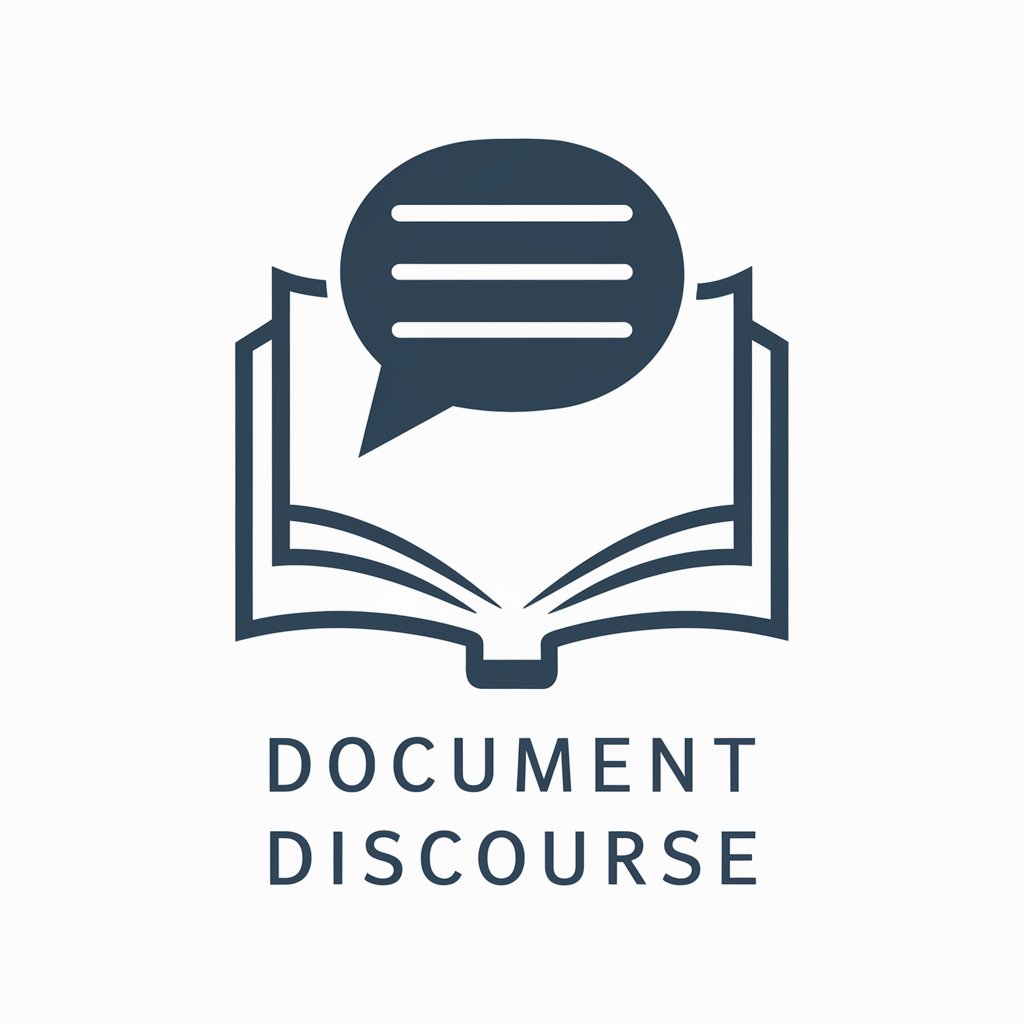
Greetings! I am Document Discourse, your interactive document guide.
Empower Your Text with AI Insight
Hello, I am here to help you explore...
Greetings! I can provide insights on...
Welcome! If you have a document, I can...
Hi there! Let's delve into the contents of your document...
Get Embed Code
Introduction to Document Discourse
Document Discourse is designed as an innovative interface that embodies documents to engage users in a conversational manner, providing insights, summaries, and detailed information as if the document itself were conversing. This approach is rooted in making complex or dense information more accessible and interactive. For instance, if a user uploads a legal document, Document Discourse transforms it into a dialogue partner that can explain legal jargon, summarize clauses, or discuss implications. Similarly, for a literary piece, it might offer analysis, thematic discussions, or poetic summaries, adopting the tone and style of the original work. Powered by ChatGPT-4o。

Core Functions of Document Discourse
Summarization in Document Style
Example
For Edgar Allan Poe's 'The Raven,' Document Discourse would provide a summary mimicking the poem's haunting tone and rhythmic structure, making the content engaging and reflective of Poe's style.
Scenario
Useful in academic settings where students or researchers need to grasp the essence of works without reading them in entirety.
Technical Explanation and Simplification
Example
Given a technical manual, it explains complex processes in simpler terms, possibly using analogies related to the document's field, making technical content accessible to non-experts.
Scenario
Beneficial for non-technical users trying to understand user manuals of electronic devices or software documentation.
Interactive Q&A Based on Document Content
Example
If a user queries about specific aspects within a business report, such as the implications of a market analysis section, Document Discourse provides detailed, context-aware answers.
Scenario
Ideal for business analysts or managers seeking quick insights from reports without needing to comb through every detail.
Ideal Users of Document Discourse Services
Students and Educators
Students can gain deeper insights into literature or complex texts, while educators can use it to create interactive learning experiences or to quickly prepare lesson plans based on extensive reading materials.
Professionals and Researchers
Professionals can swiftly access summarized business documents or reports, and researchers can engage with scientific papers or datasets, facilitating an understanding of key findings without delving into every detail.
General Public with Interest in Specific Knowledge Areas
Individuals curious about specific topics but finding original documents too dense or technical can benefit from simplified explanations and summaries, making information more accessible.

How to Use Document Discourse
1
Begin by visiting yeschat.ai to access a free trial, with no need for login or a ChatGPT Plus subscription.
2
Upload or paste the text of the document you wish to discuss. This can be anything from an academic paper to a creative piece.
3
After submission, the tool will analyze the document's content, style, and tone, enabling it to respond as if it were the document itself.
4
Engage with Document Discourse by asking specific questions or seeking summaries. The tool will provide insights as if it were the document speaking.
5
Utilize the feedback and insights provided to enhance your understanding or work on the document. For optimal results, be clear and specific in your queries.
Try other advanced and practical GPTs
Discours Politique
Crafting impactful political speeches with AI

Civic Discourse
Debate History's Voices
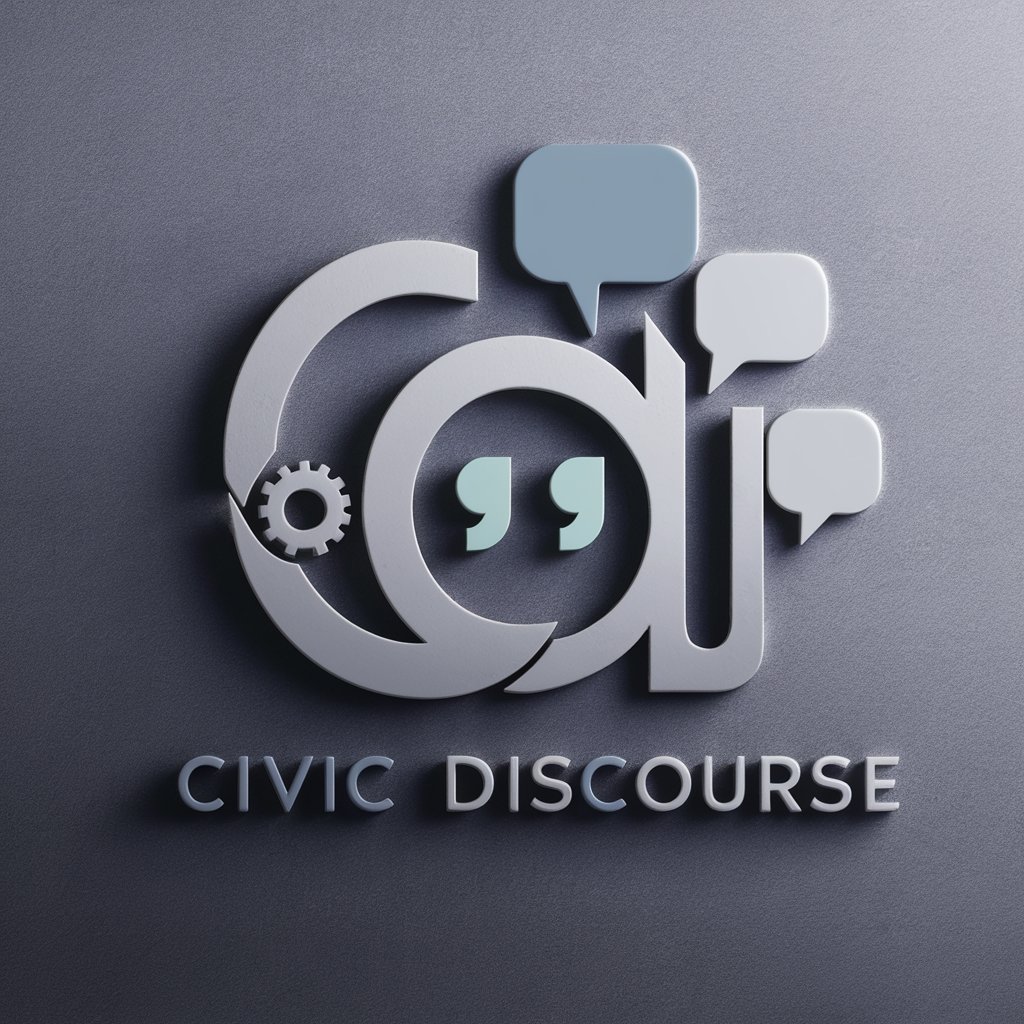
Descartes discourse on the method.
Harnessing AI to Empower Reasoning
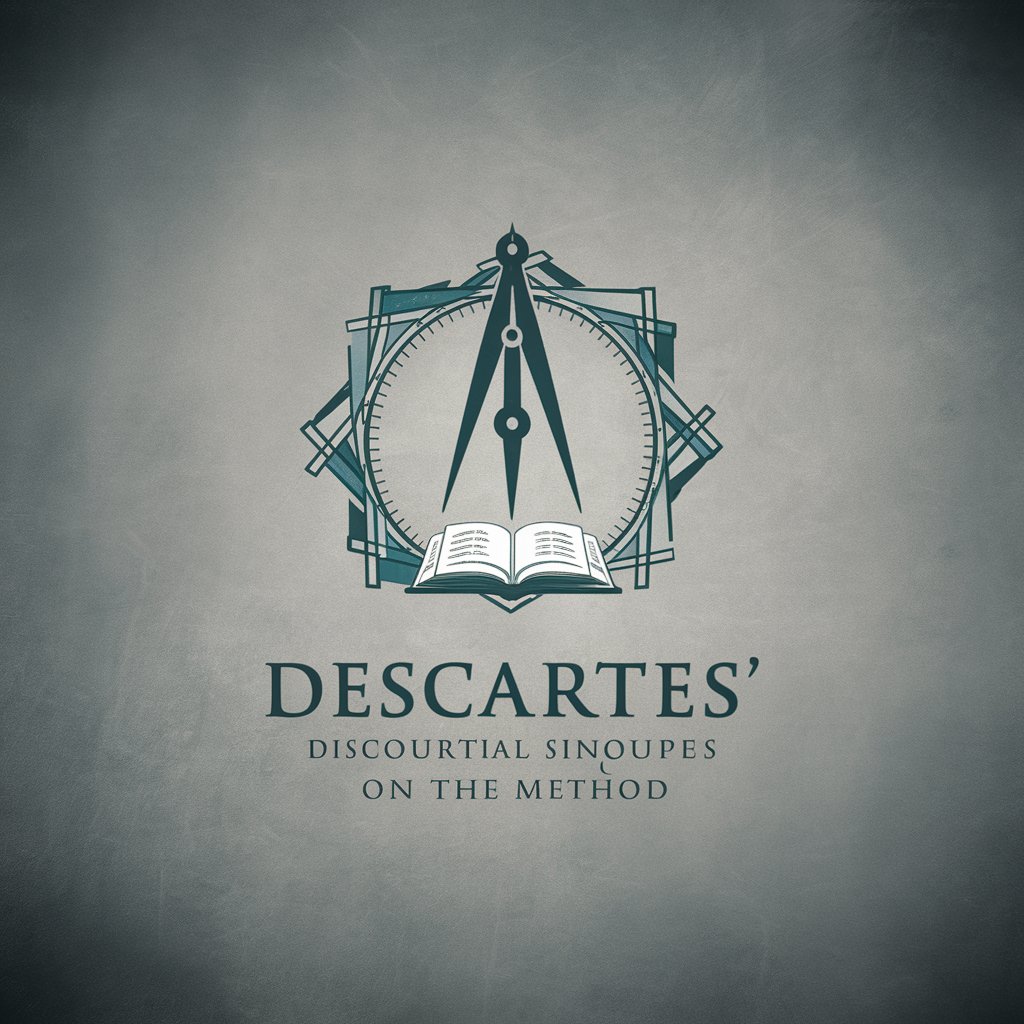
Political Polly: Discourse Decoder
Decoding Politics with AI Power
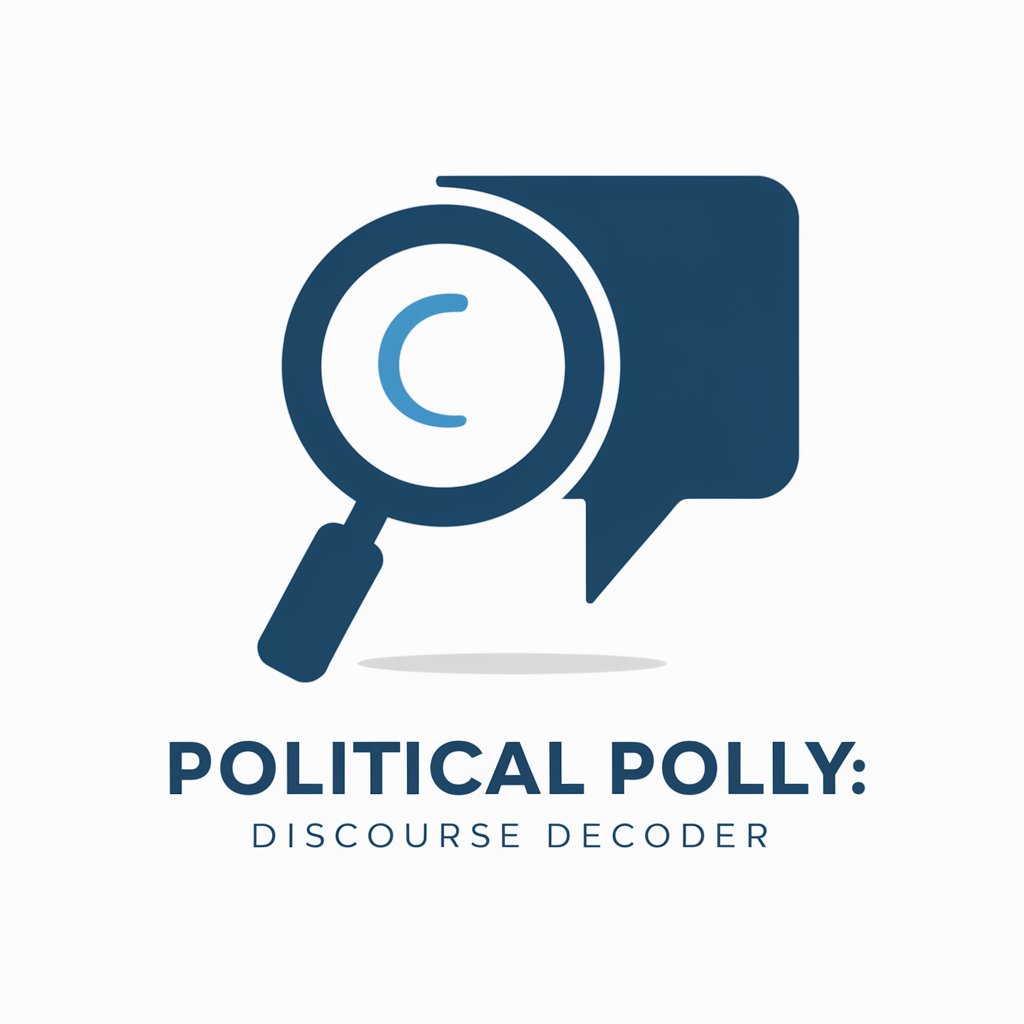
Chinese Assistant
Bridging Languages with AI Precision

blood type fortune telling
Explore Yourself with AI-powered Blood Type Insights
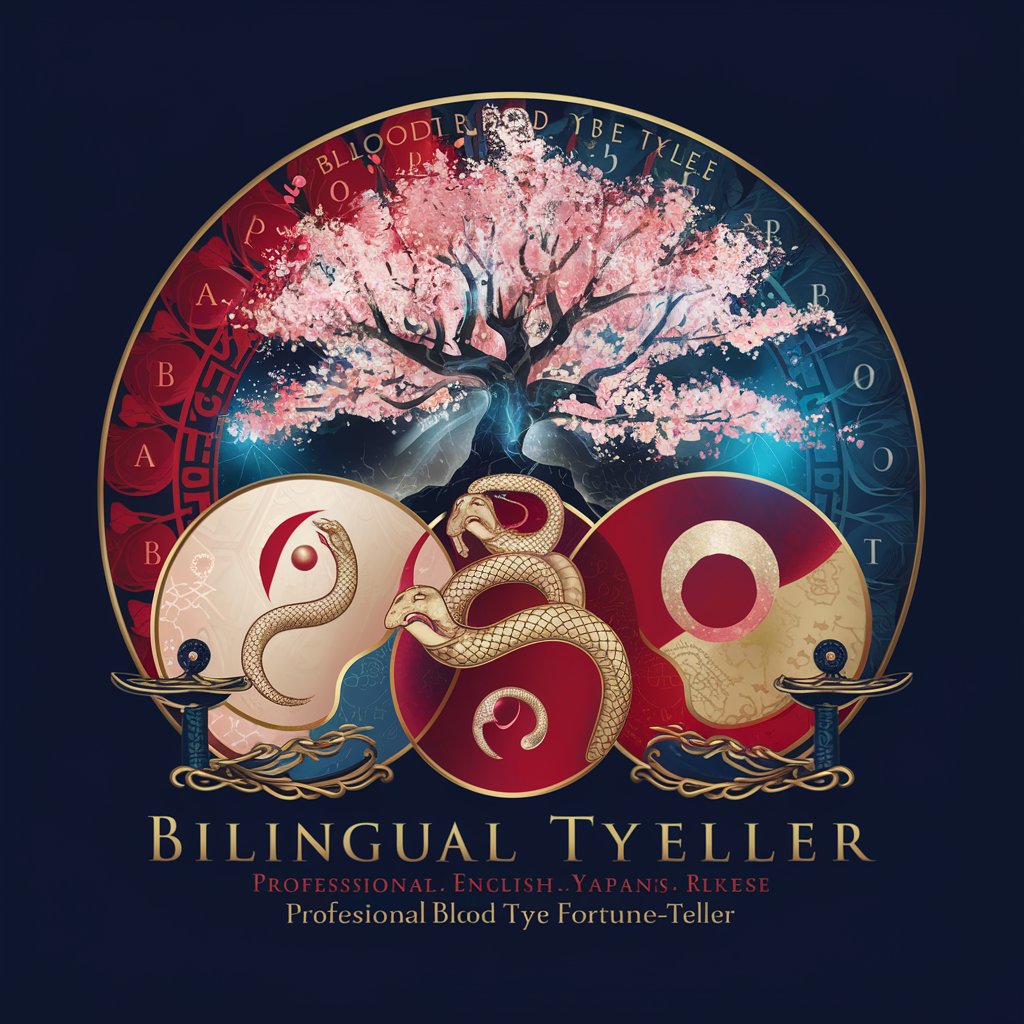
Critical Discourse
Elevate debate with AI-powered insights
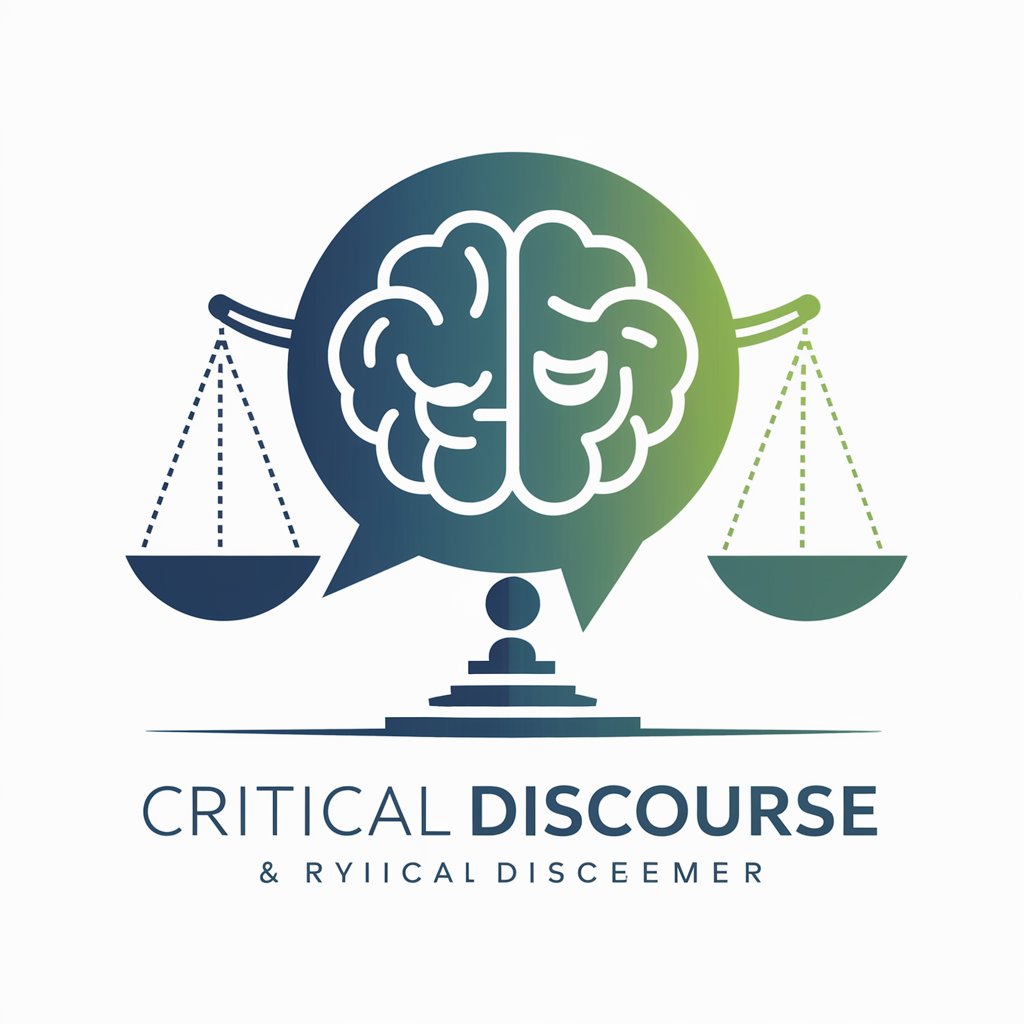
Wizard of Waiverly Place
Demystifying Medicaid waivers with AI
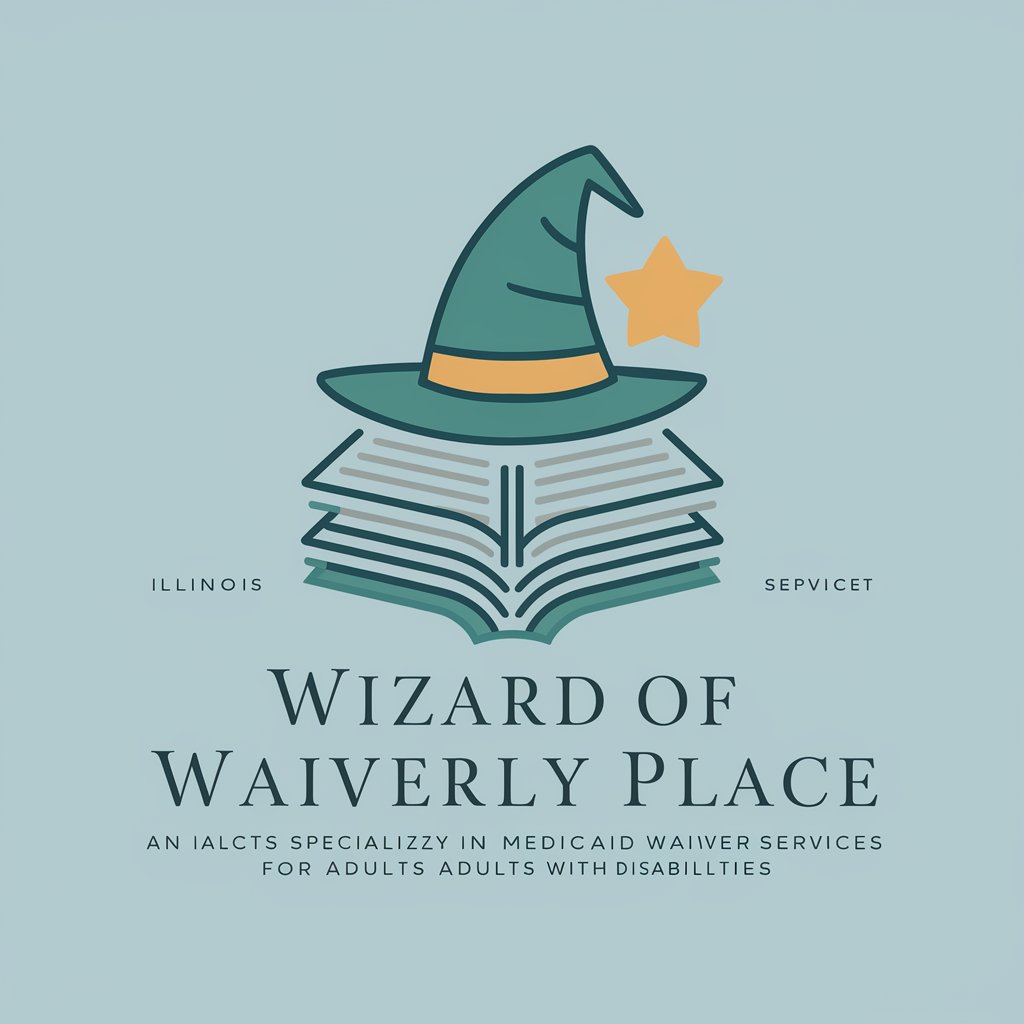
The Good Place
Navigate life’s complexities with AI

送迎表マスター
Streamline Your Routes with AI

インタビュー発言録の整形
Transforming Interviews into Clarity

Transcriber
Transcribing Made Easy with AI
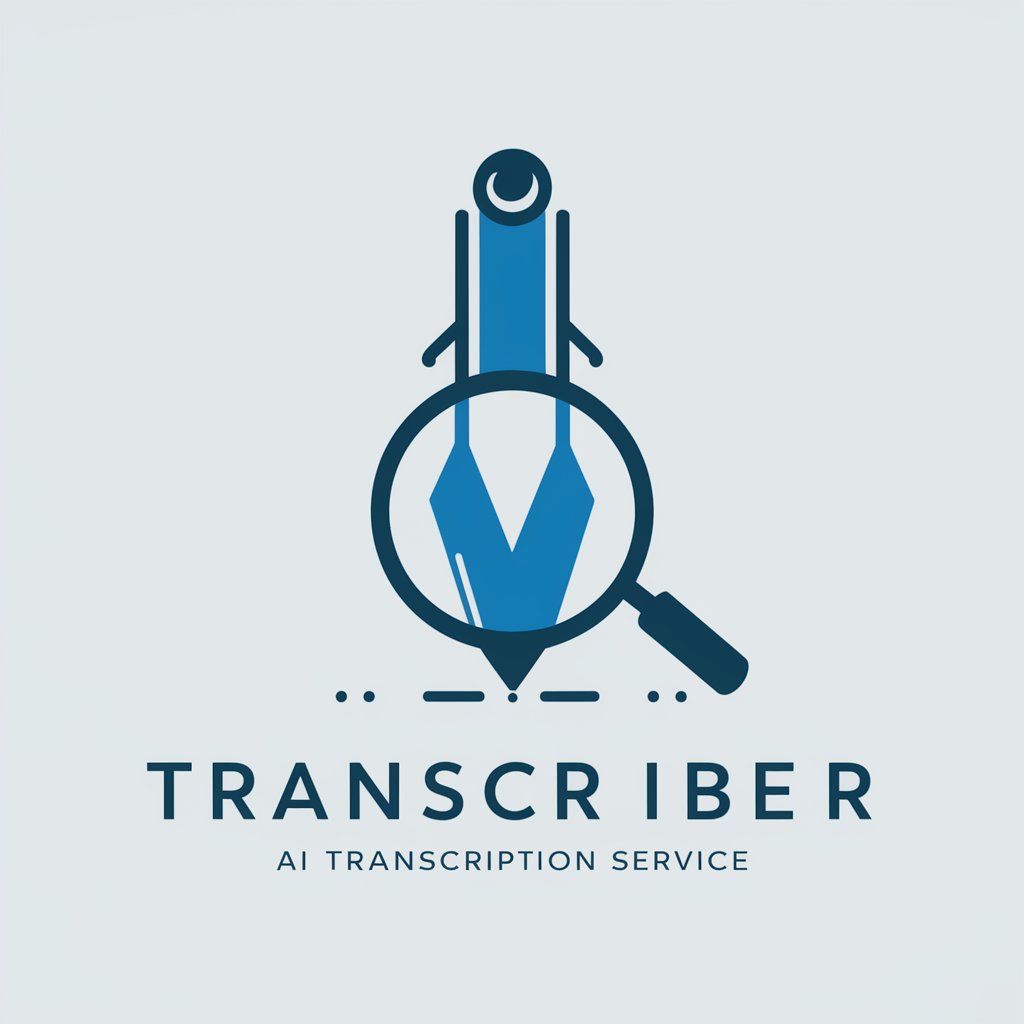
Frequently Asked Questions about Document Discourse
What types of documents can I analyze with Document Discourse?
You can analyze a wide range of documents, including academic papers, creative writing pieces, technical reports, and more. The tool is designed to understand and embody any text-based content.
How does Document Discourse understand the tone and style of a document?
The tool uses advanced natural language processing techniques to analyze the text's structure, vocabulary, and syntax, allowing it to capture the essence of the document's tone and style accurately.
Can Document Discourse provide insights on how to improve my writing?
While it embodies the document to provide summaries and answer questions, it doesn't directly offer improvement suggestions. However, the insights and understanding you gain can indirectly help enhance your writing.
Is there a limit to the length of the document I can analyze?
There might be practical limits based on processing capacity, but generally, the tool can handle extensive documents. If you encounter limitations, consider breaking your document into sections.
Can Document Discourse help me with citations and references?
While it primarily focuses on embodying and discussing the content of the document itself, understanding its context can help you better navigate citations and references related to your document.
